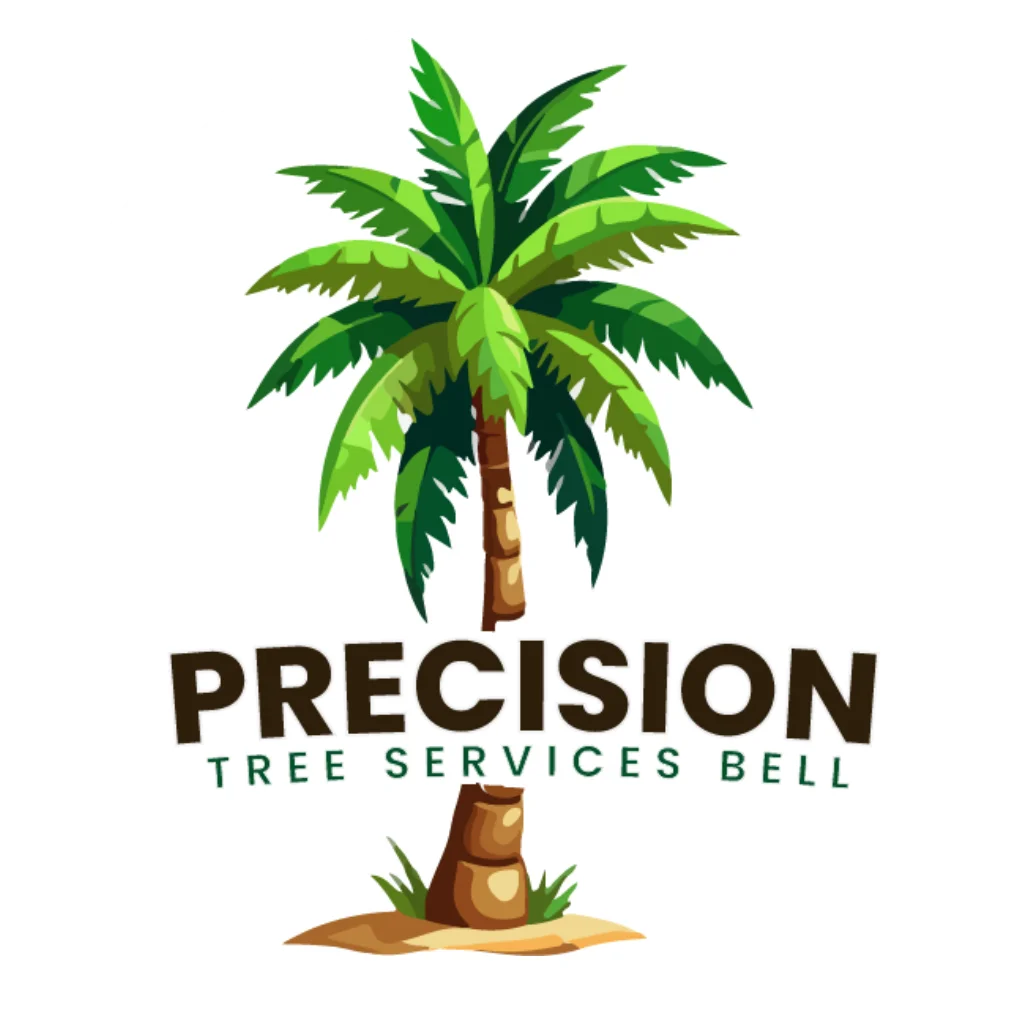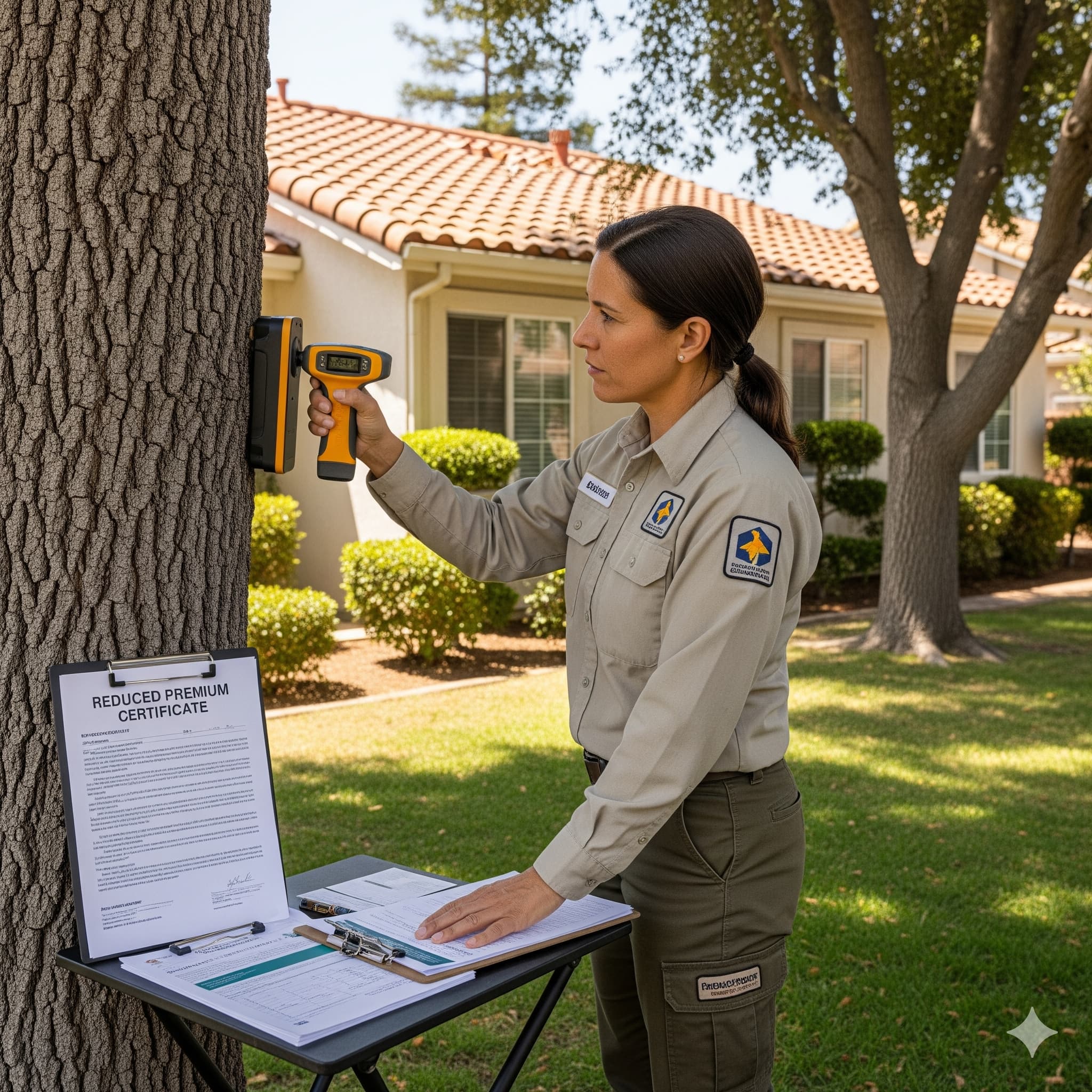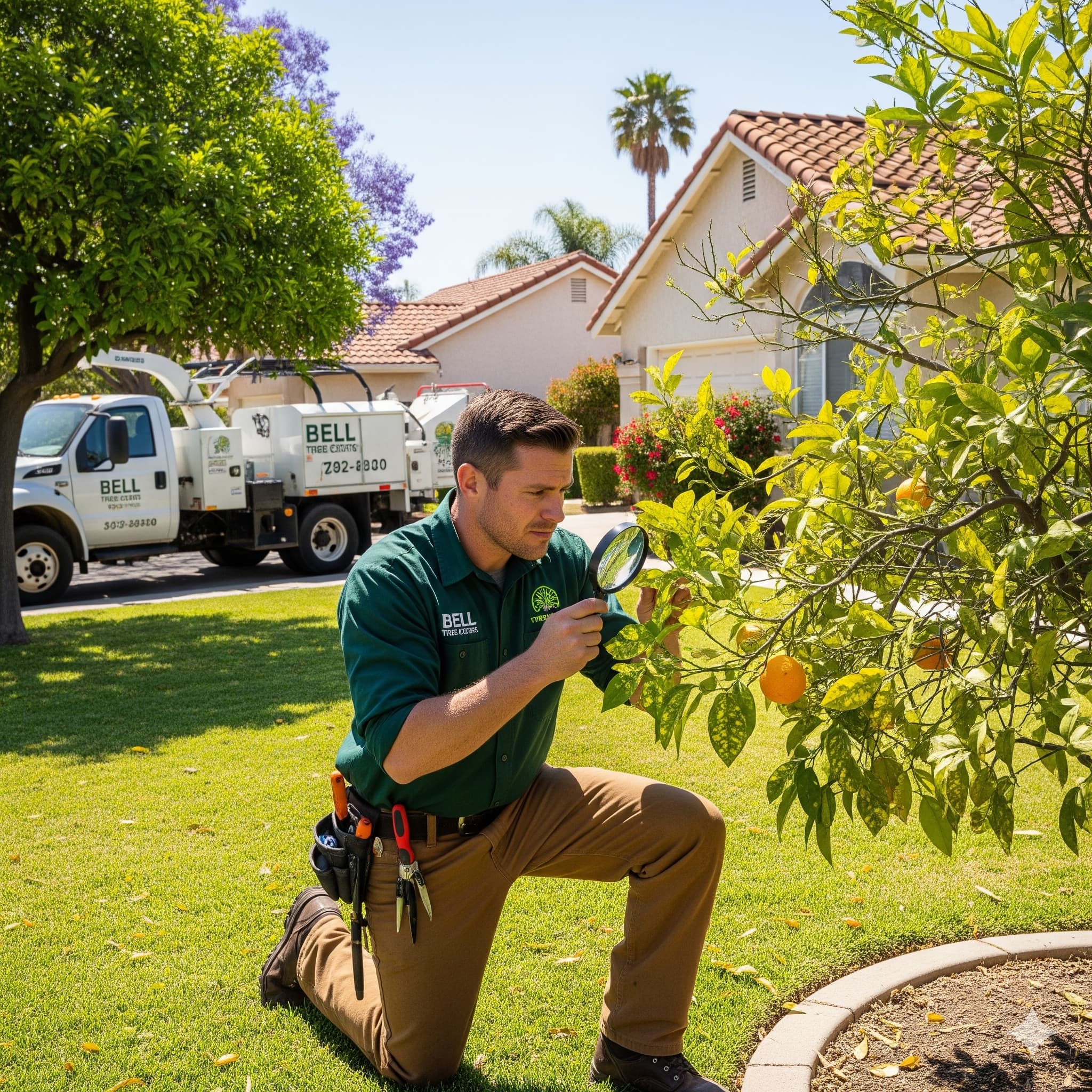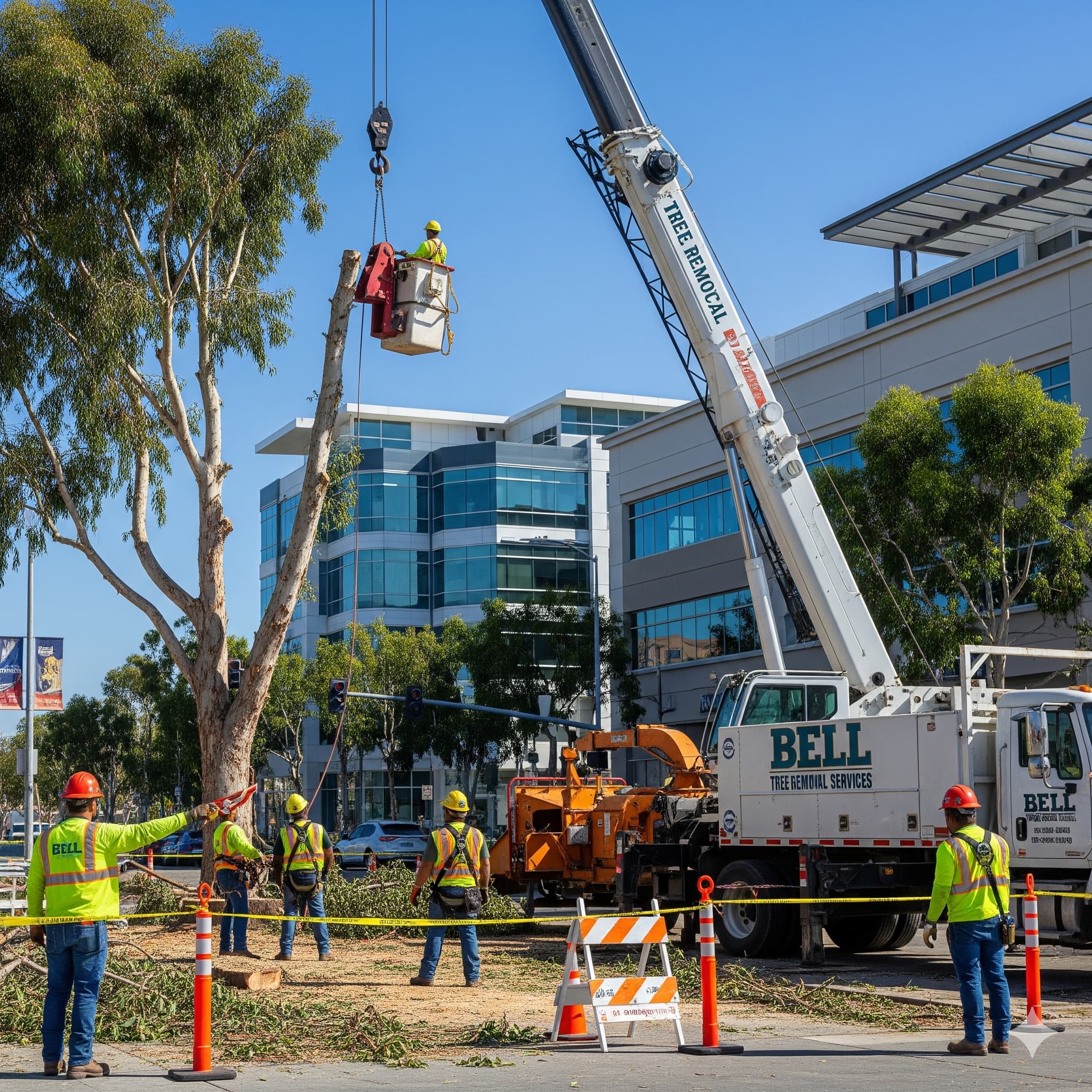
Planting Oaks in Bell: Timing, Care, and Insurance After Wildfires
Tree Planting Bell
As Bell, California residents continue to recover from the increasing threat of wildfires, many homeowners are considering tree planting projects to restore their landscapes and improve property values. Oak trees, particularly native species like Coast Live Oak and Valley Oak, represent excellent choices for residents seeking to establish resilient, drought-tolerant landscaping while contributing to the community’s urban forest recovery.
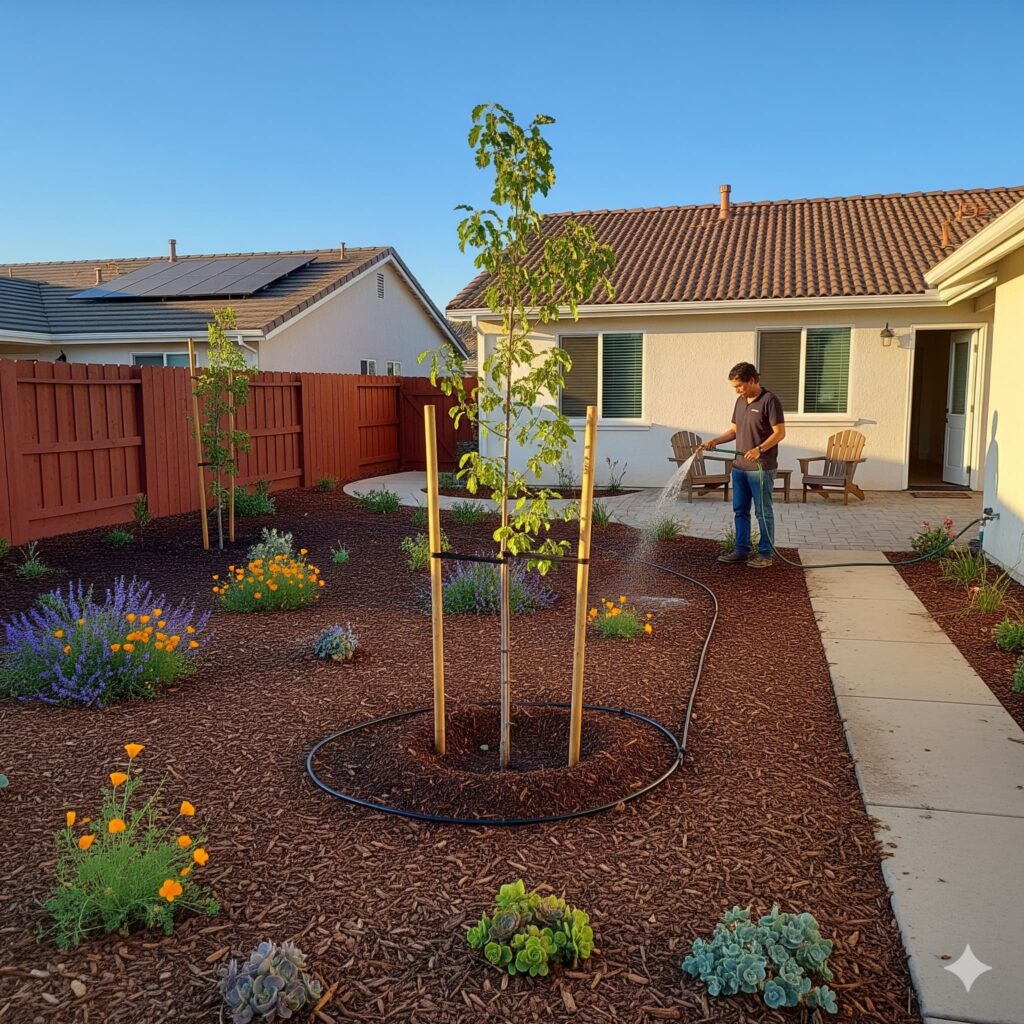
Understanding Bell’s Tree Planting Environment
Bell was incorporated as a city in 1927, and since its incorporation, the city has acquired land for public parks and recreational programs. The community, nestled in Los Angeles County, has developed into a vibrant residential area with landmarks like Veterans Memorial Park, Ernest Debs Park, and the historic Bell House at 4401 East Gage Avenue—California’s oldest documented residential structure.
The Mediterranean climate in Bell provides favorable conditions for oak establishment, with mild winters and warm, dry summers that native oak species have adapted to over thousands of years. However, recent wildfire patterns and changing weather conditions require careful planning for successful tree planting projects.
Optimal Timing for Oak Tree Installation
Fall and Winter Planting Windows
The most successful tree planting occurs between November and March when cooler temperatures and increased rainfall provide ideal establishment conditions. This timing allows oak seedlings to develop robust root systems before facing the stress of summer heat. Bell residents should avoid planting during the hottest months (June through September) when water stress can severely impact young trees.
Post-Wildfire Considerations
After wildfires, recovery will be a long road, but native plants are extremely resilient and have evolved incredible adaptations for dealing with fire. Some plants flourish after a blaze, taking advantage of the charred, mineral-rich soil left behind. Properties affected by wildfire often present unique opportunities for oak establishment, as the cleared landscape and mineral-enriched soil can support rapid growth when properly managed.
Native Oak Species Selection for Bell Residents
Coast Live Oak (Quercus agrifolia)
This evergreen oak thrives in Bell’s climate and provides year-round aesthetic value. Coast Live Oaks develop extensive root systems that help prevent soil erosion—particularly important on slopes and areas previously affected by fire. These trees mature to 20-70 feet tall and can live for centuries with proper care.
Valley Oak (Quercus lobata)
California’s largest oak species, Valley Oaks, are deciduous and particularly drought-tolerant once established. These majestic trees provide excellent shade and wildlife habitat, making them ideal for larger residential properties near landmarks like Bell High School or the Bell Community Center.
Los Angeles County Tree Regulations and Permits
Bell residents must navigate Los Angeles County’s tree protection ordinances when planning tree planting projects. Municipal tree ordinances may require property owners to obtain permits for planting, pruning, or removing trees. While permits are typically not required for planting new trees on private property, homeowners should consider:
Setback requirements from property lines, utilities, and structures
Species appropriateness for the specific location and soil conditions
Water district guidelines for drought-tolerant landscaping incentives
HOA restrictions that may apply in certain neighborhoods
For properties near public rights-of-way or those considering the removal of existing trees to make space for oaks, consulting with Bell’s Community Development Department ensures compliance with local regulations.
Post-Wildfire Insurance Considerations
Coverage for Landscape Restoration
Many homeowners’ insurance policies in California now include provisions for landscape restoration following wildfire damage. Bell residents should review their policies to understand coverage limits for tree planting and landscaping restoration. Some insurers offer specific allowances for drought-tolerant, fire-resistant plantings.
Fire-Resistant Landscaping Benefits
Establishing oak trees as part of a comprehensive fire-resistant landscape design may qualify homeowners for insurance premium discounts. Insurance companies increasingly recognize that well-designed native plantings can reduce fire risk when properly maintained with adequate defensible space.
Professional Installation and Care Guidelines
Site Preparation Best Practices
Successful oak establishment begins with proper site analysis. Bell’s clay-heavy soils, common throughout the Los Angeles Basin, require amendment for optimal drainage. Professional tree services can assess soil conditions and recommend appropriate modifications to ensure long-term tree health.
Irrigation Management
Newly planted oaks require consistent but not excessive watering during their first two growing seasons. Deep, infrequent watering encourages root development and drought tolerance. Bell residents should consider drip irrigation systems that comply with local water conservation ordinances.
Ongoing Maintenance Requirements
Oak trees benefit from professional pruning every 3-5 years to maintain structural integrity and health. Regular monitoring for pests, diseases, and water stress helps ensure long-term success. During Bell’s hot summer months, supplemental watering may be necessary for young trees.
Working with Precision Tree Services Bell
Professional tree planting services provide expertise in species selection, site preparation, and ongoing care that significantly improve establishment success rates. Experienced arborists understand local soil conditions, climate patterns, and regulatory requirements specific to Bell and the surrounding communities.
Quality tree services offer comprehensive planning that considers property-specific factors like sun exposure, drainage patterns, and proximity to structures. They can also coordinate with local utilities to ensure proper clearances and help homeowners navigate any required permitting processes.
Long-term Benefits for Bell Community
Environmental Impact
Established oak trees provide numerous environmental benefits, including carbon sequestration, air quality improvement, and stormwater management. A mature oak can absorb 48 pounds of CO2 annually while producing enough oxygen for two people.
Property Value Enhancement
Tree planting helps restore areas to become forested once again and helps the landscape recover from wildfire. Well-placed, healthy oak trees can increase property values by 10-15% while reducing energy costs through strategic shading.
Community Urban Forest Recovery
Bell’s commitment to urban forestry, evidenced by its investment in public parks like Veterans Memorial Park and Ernest Debs Park, demonstrates the community’s understanding of trees’ importance for quality of life. Individual tree planting projects contribute to the broader urban forest canopy that benefits all residents.
Planning Your Oak Planting Project
Bell residents considering oak tree installation should begin planning during late summer to ensure optimal fall planting timing. Start by assessing your property’s specific conditions, researching appropriate species, and consulting with professional tree services familiar with local conditions and regulations.
Consider the long-term vision for your landscape, including mature tree size, seasonal characteristics, and maintenance requirements. Oak trees represent a significant investment in your property’s future, providing benefits that increase over decades of growth.
The combination of Bell’s favorable climate, community support for urban forestry, and the resilience of native oak species creates excellent opportunities for successful tree planting projects. With proper planning, professional installation, and ongoing care, new oak trees will contribute to Bell’s green infrastructure while providing lasting benefits for property owners and the broader community.
